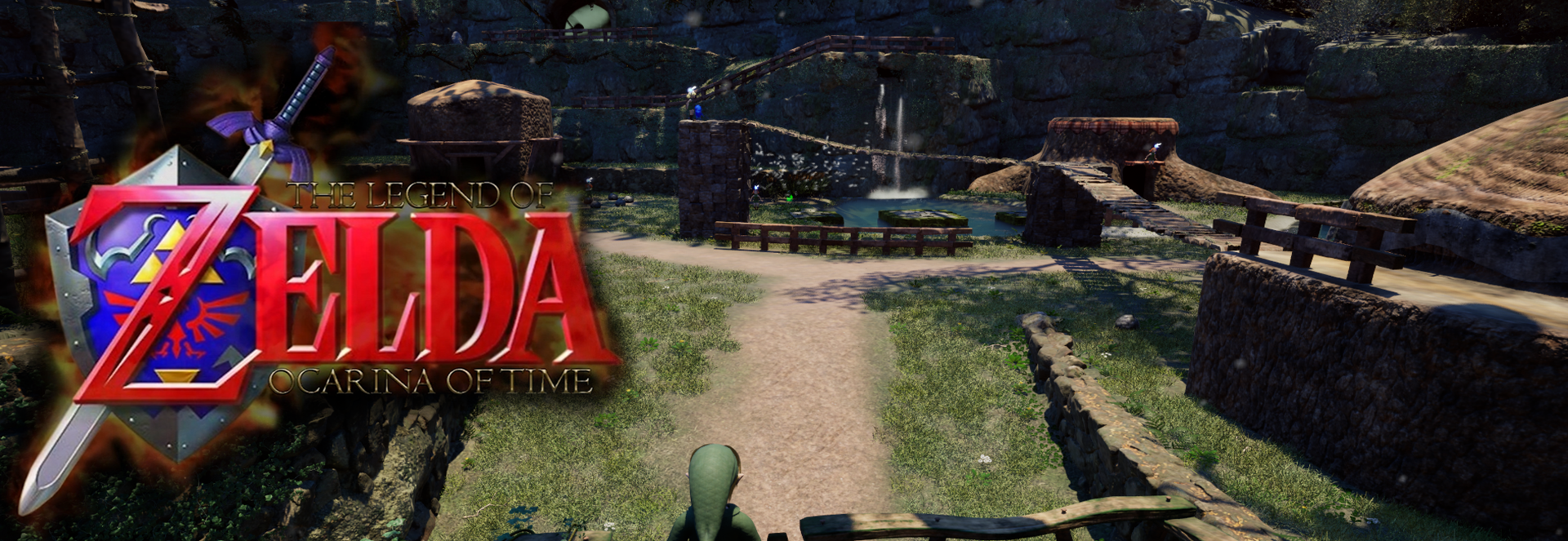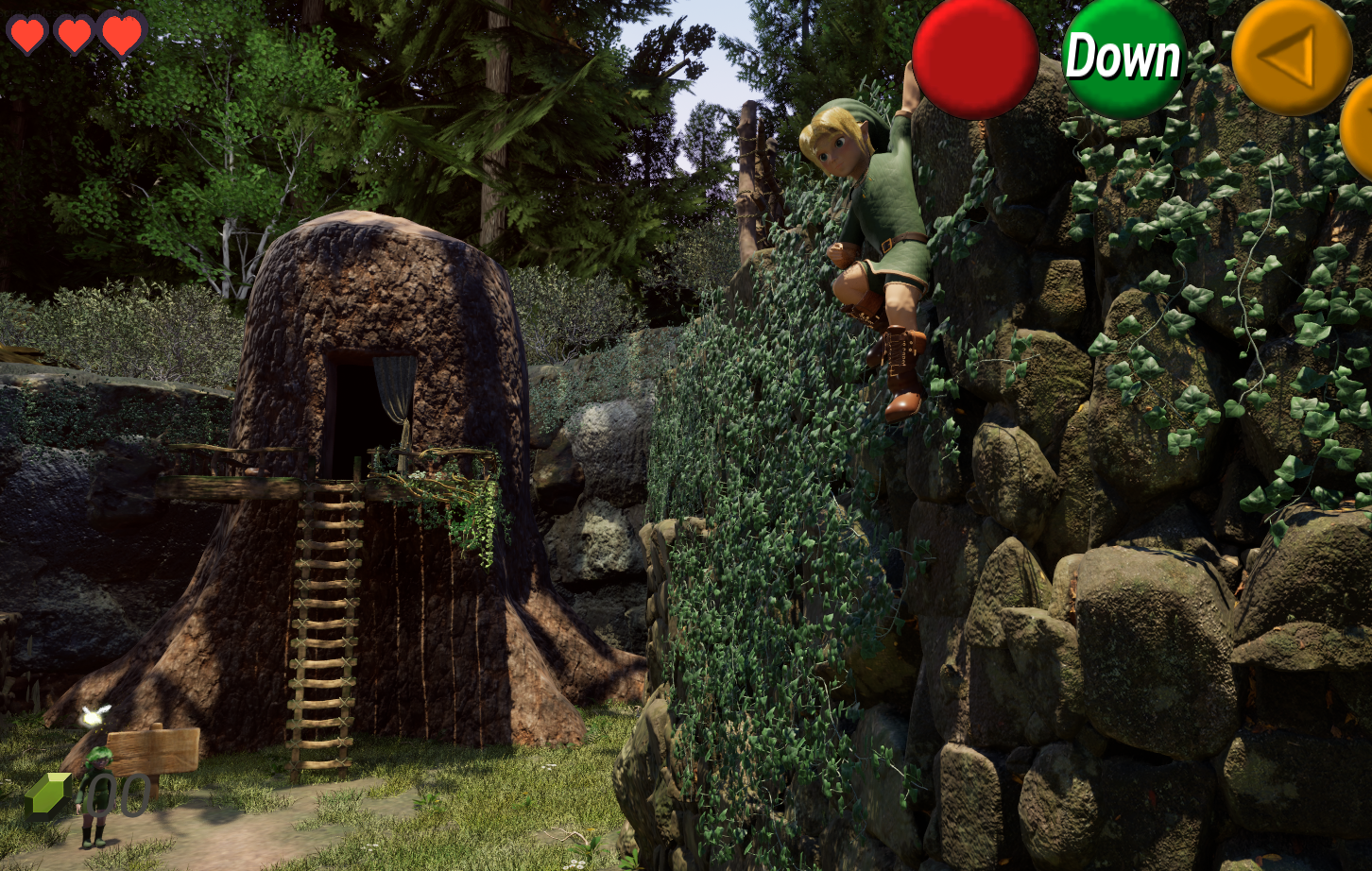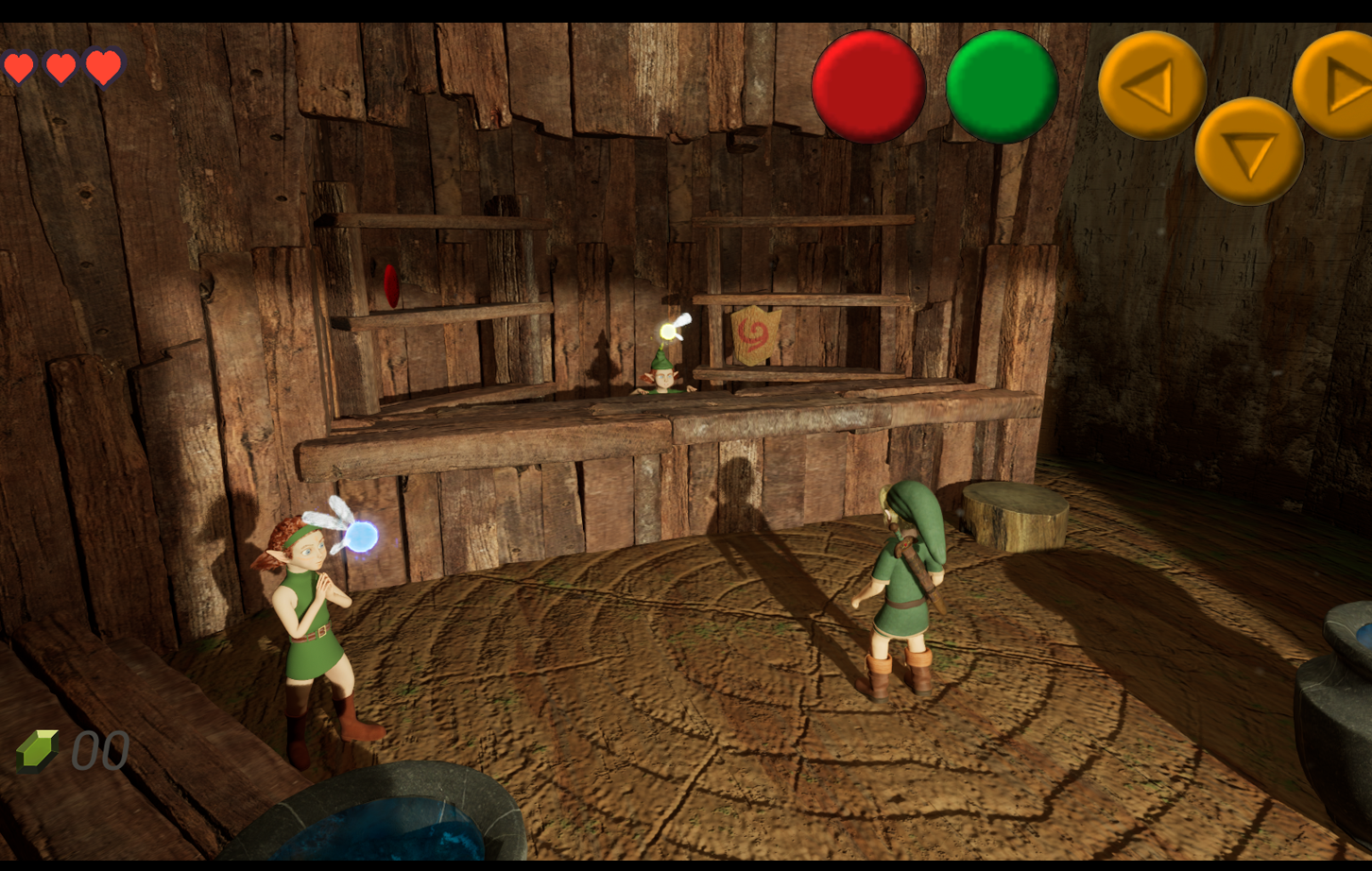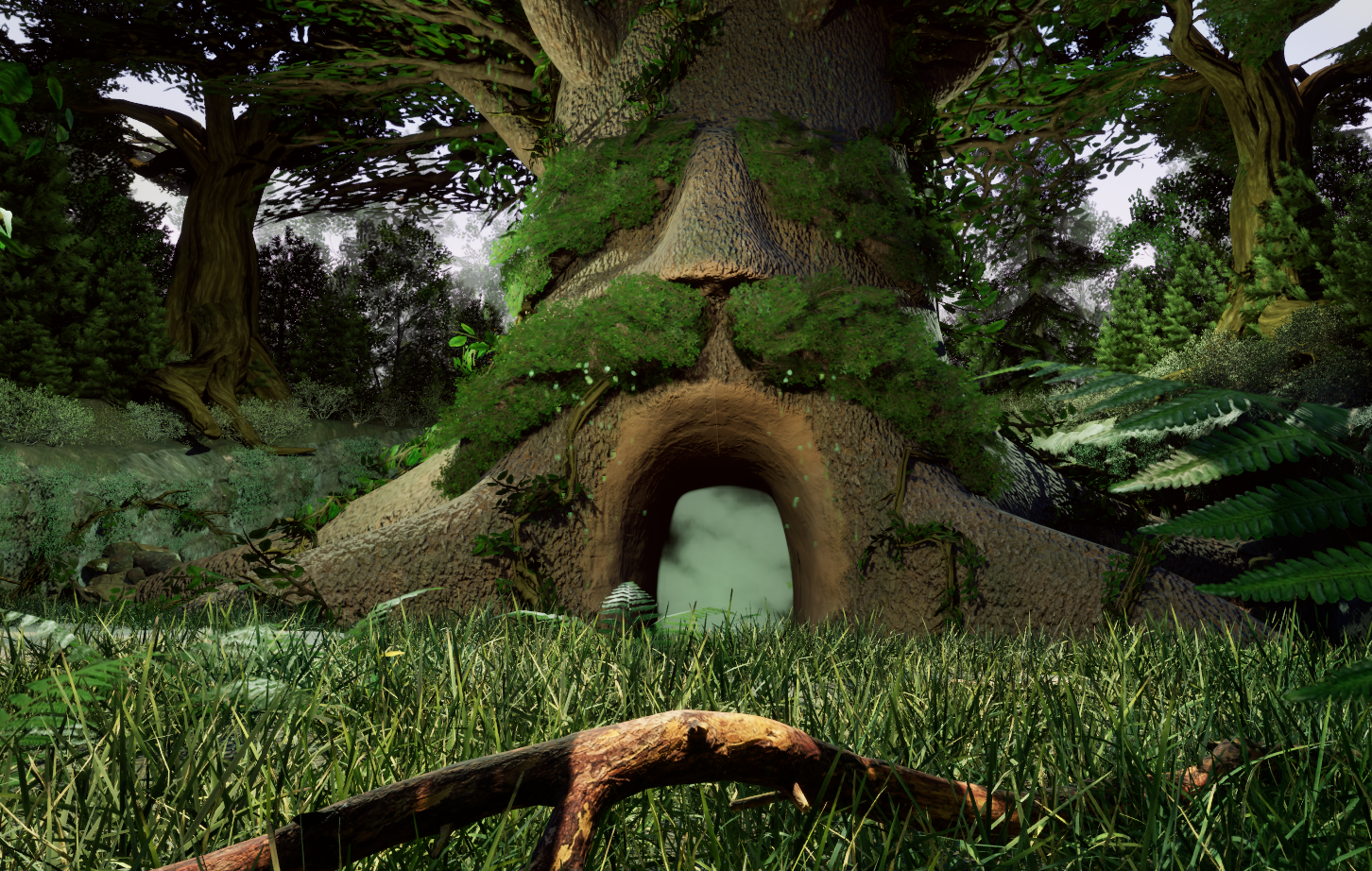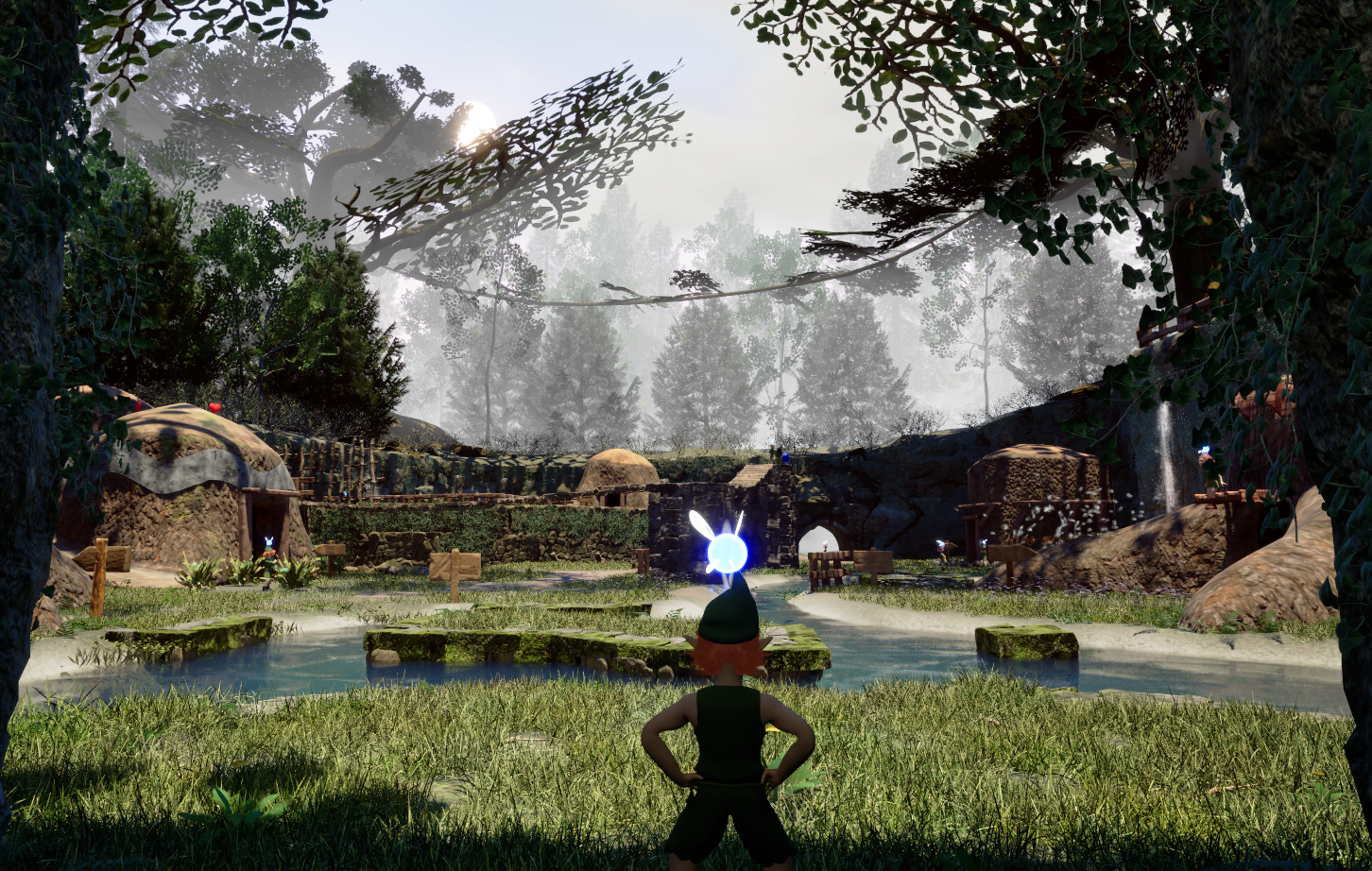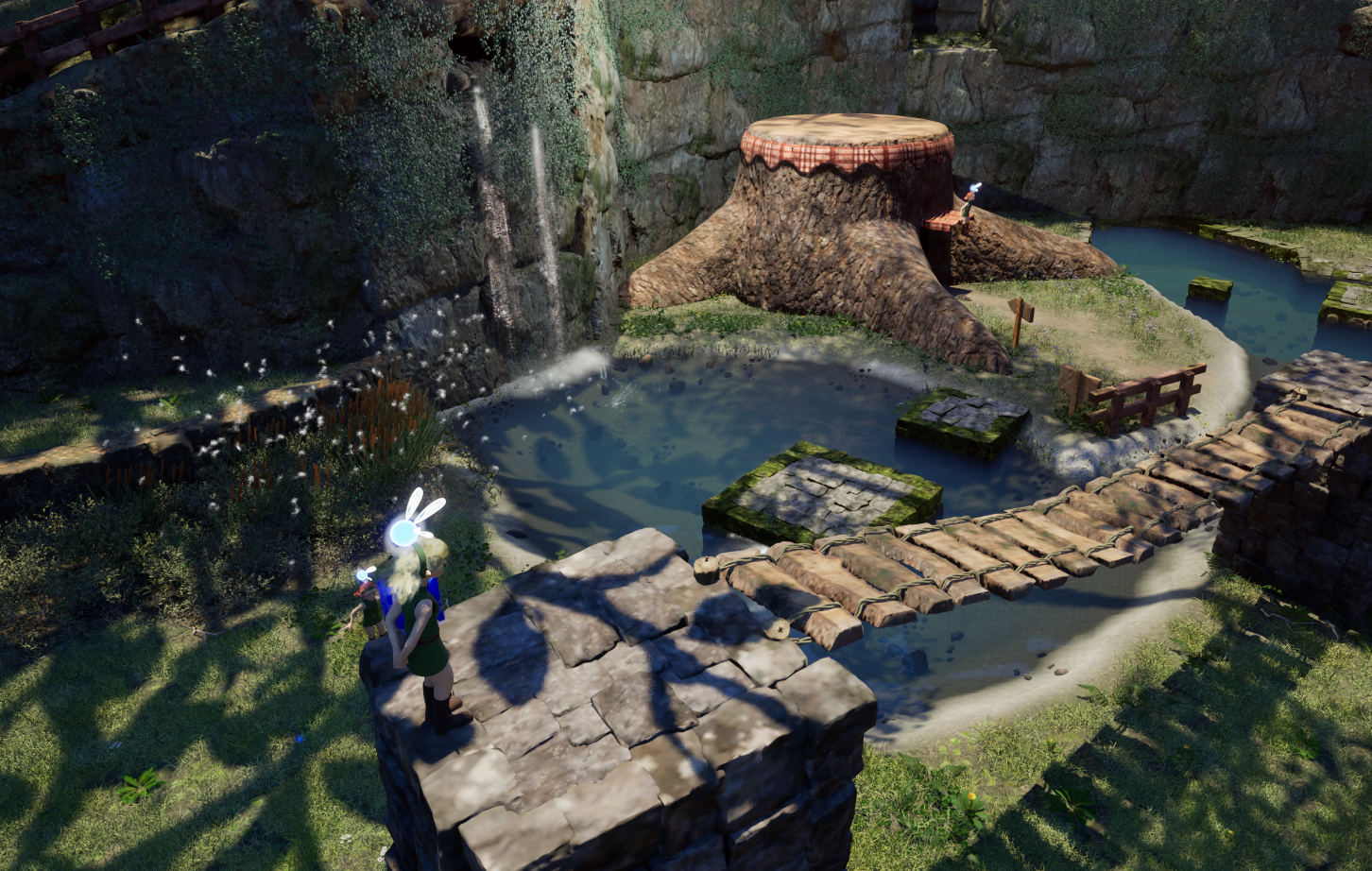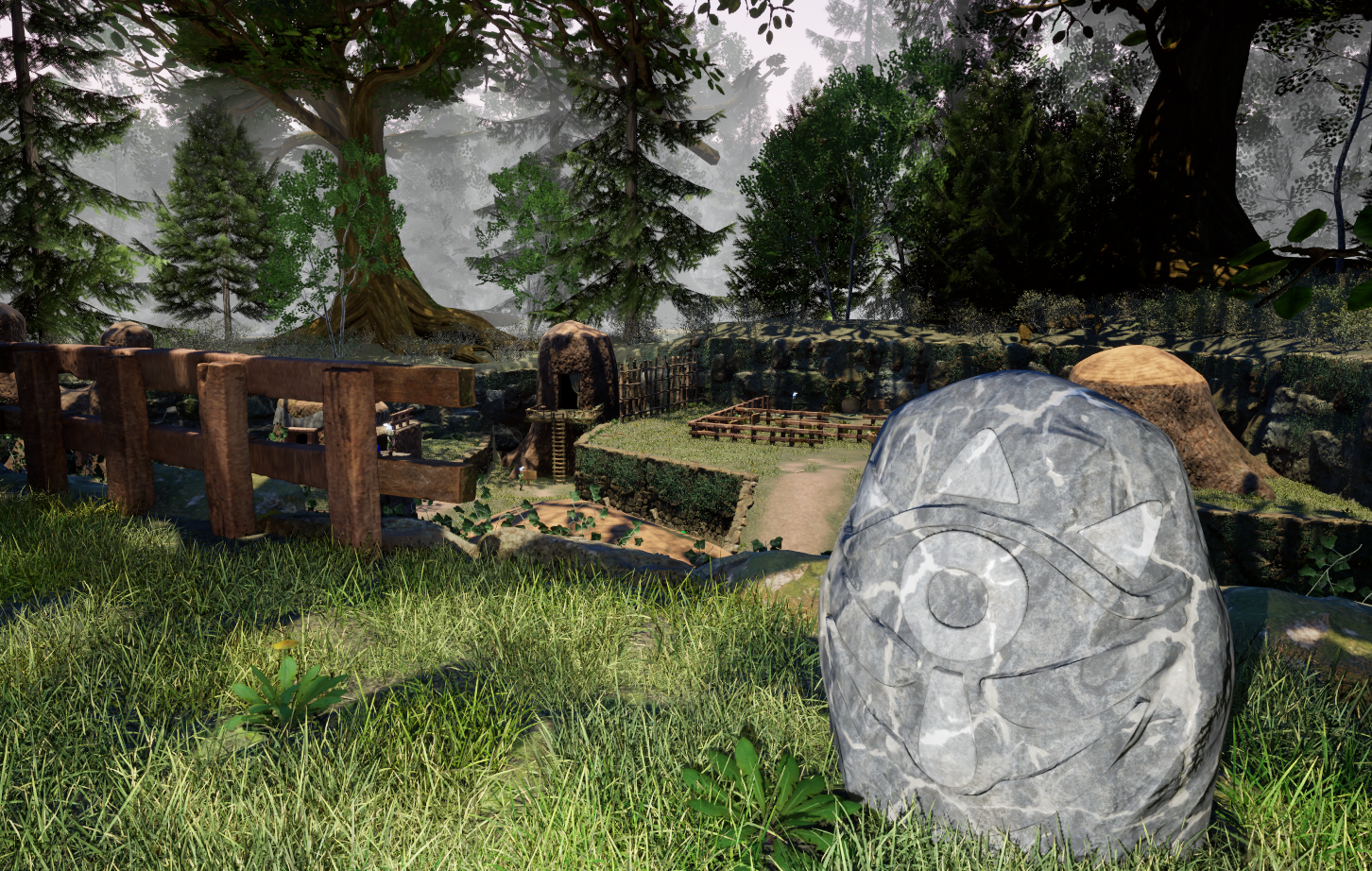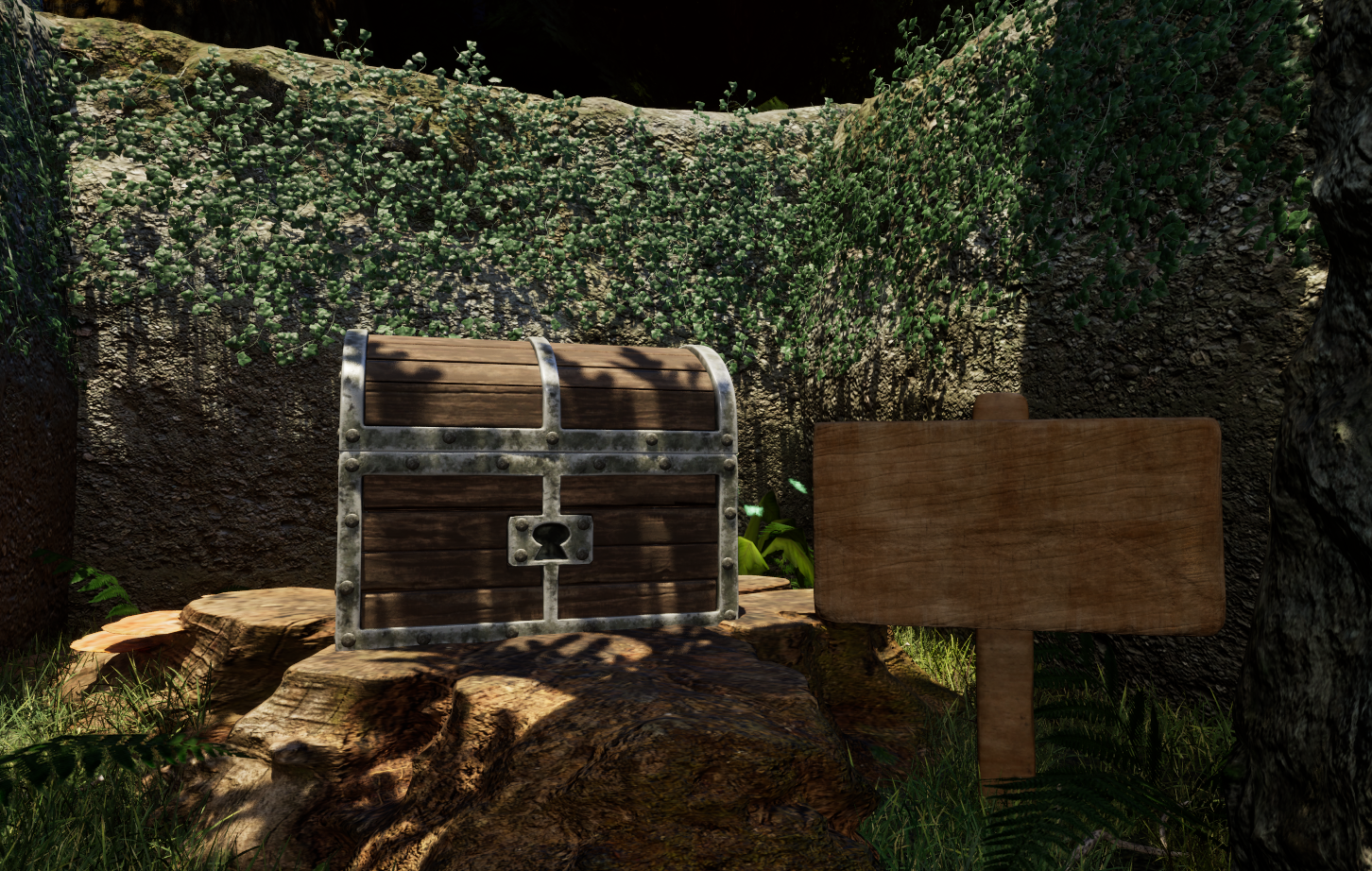The Legend of Zelda: Ocarina of Time is a 1998 action-adventure game developed and published by Nintendo for the Nintendo 64.
The Legend of Zelda: Ocarina of Time is a fantasy action-adventure game set in a three-dimensional world with an expansive environment. The player controls series protagonist Link from a third-person perspective. Link primarily fights with a sword and shield. but can also use other weapons such as projectiles, bombs, and magic spells.
